Japan is at the top of everyone’s travel list at the moment, thanks to the Rugby World Cup 2019 currently underway and the Olympic Games heading to the Land of the Rising Sun in 2020. Kyoto City is considered the cultural capital of Japan and so is well worth an excursion during a break in Asia.
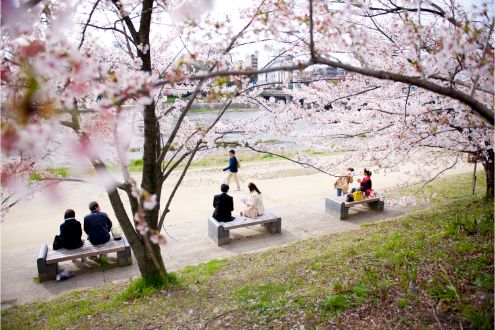
Image Credit: Ryosuke Yagi
Kyoto, which was home to the emperor from 794 to 1868, has been destroyed over the years by many wars and fires, but still retains exceptional historic value. Indeed, the city is famous for numerous priceless structures including Buddhist temples, imperial palaces, Shinto shrines, and traditional wooden houses.
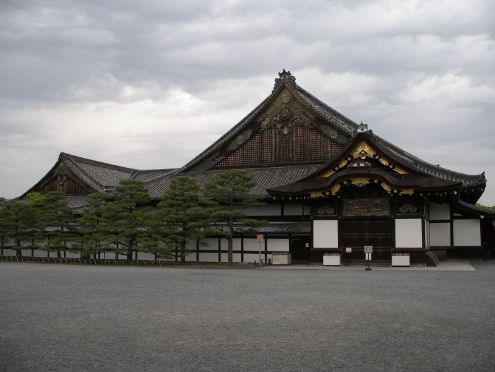
Image Credit: Shadowgate
The Kyoto Imperial Palace was the residence of the country’s Imperial Family until 1868, when both the emperor and the capital were moved to Tokyo. It sits alongside the Sento Imperial Palace, which was built in 1630 for retired emperors. Both of these palaces can be found inside the Kyoto Imperial Park, which is a great recreational space with blossoming cherry trees beside Konoe Pond during March/April.
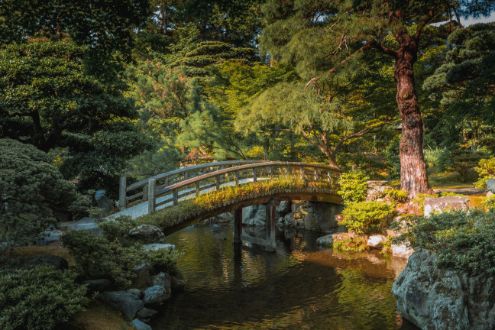
Image Credit: Ray in Manila
Nijo Castle, built in 1603, was used as an imperial palace for a short while, but it was primarily constructed for the first shogun of the Edo period, which lasted throughout the 17th and 18th centuries. It is one of the best surviving examples of castle palace architecture from Japan’s feudal era and for this reason was designated a UNESCO World Heritage Site; it showcases the Honmaru main circle of defence and the Ninomaru secondary circle of defence, both of which are surrounded by stone walls and moats. The Ninomaru Palace survives in its original form with multiple separate buildings connected by nightingale-floored corridors which squeak when stepped upon, as a measure against intruders. The Honmaru Palace is not open to the public on a regular basis but both palaces are surrounded by beautiful green spaces and nearly 400 varieties of cherry tree which blossom in the spring, as well as maple, ginkgo, and other trees that offer wonderful colours during the autumn.
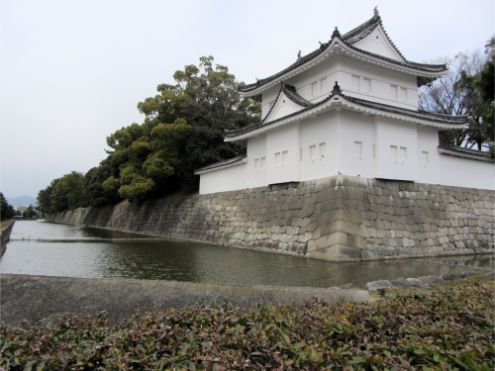
Image Credit: Jason Riedy
Nishi Honganji and Higashi Honganji are two large Buddhist temples in the centre of the city; the former was built in 1591 and is the head temple in the Honganji faction of the Jodo-Shin sect, and the latter, built eleven years later, is the head temple of the Otani faction. Nishi Honganji is a designated UNESCO World Heritage Site and displays some architectural masterpieces from the Azuchi-Momoyama and Edo periods.
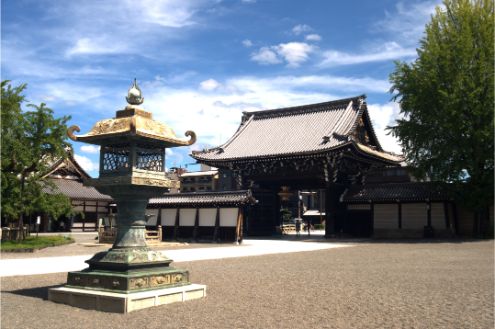
Image Credit: Magnus
Those wanting to try some of Kyoto’s culinary delights should head for the Nishiki Market, a long shopping street known as “Kyoto’s Kitchen”, specialising in anything and everything food-related. The market has been feeding the city for centuries, starting as a fish wholesale district in 1310. It’s now retail-focused and is popular with both locals and tourists.
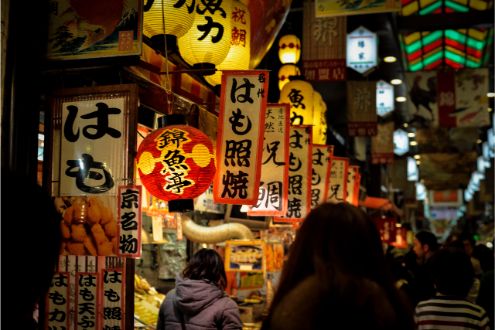
Image Credit: [cipher]
If food is your thing, you might want to try visiting Pontocho, a narrow alley running one block west of the Kamogawa River, for a wide range of dining options. During summer months, many of the restaurants build temporary platforms over the water to help keep patrons cool. After dining, take a stroll through Gion, Kyoto’s traditional entertainment district; aside from traditional restaurants and bars, you may see geisha entertaining audiences.
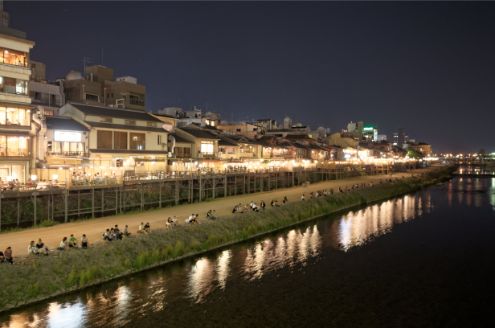
Image Credit: blue_quartz
Kyoto does have some modern landmarks too; the Kyoto Tower is an iconic viewpoint of the city. The tower, which was completed for the opening of the high speed shinkansen train line and Tokyo Olympics in 1964, stands at 131 metres and is the tallest structure in Kyoto. On a clear day, it’s possible to see as far as Osaka. Nearby can be found the equally modern Kyoto Station with a futuristic design and exposed steel beamed roof.

Image Credit: Culantor Lin
To the south of Kyoto, visit the Fushimi Inari shrine with its thousands of orange torii gates, whose network of trails lead into the wooded forest of the sacred 233-metre Mount Inari. It takes about 2-3 hours to hike to the summit and back again. Whilst the shrine buildings themselves are attractive, it is the dense rows of torii gates that visitors are drawn to.
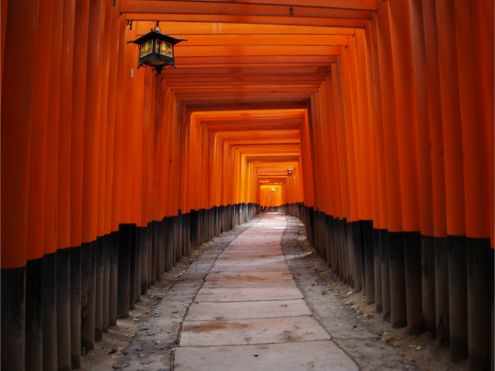
Image Credit: Thomas CUELHO
Those looking for a similar escape to the west of the city should visit the Sagano Bamboo Forest in Arashiyama, where 16 square kilometres of bamboo trees can be found. This dense jungle of bamboo is a cool retreat from the hot city during the summer months. There are numerous small shrines and temples within the forest, such as the Turtle Rock wish-granting stone, and the Temple of the Heavenly Dragon.
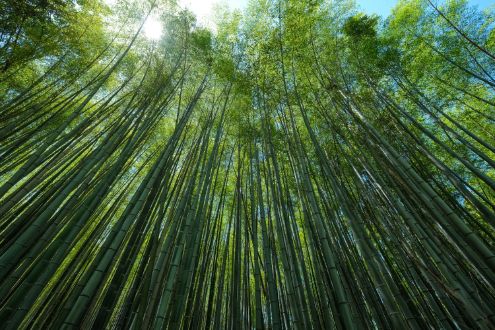
Image Credit: Ben & Gab
Title Image Credit: Herry Lawford (Image Cropped)